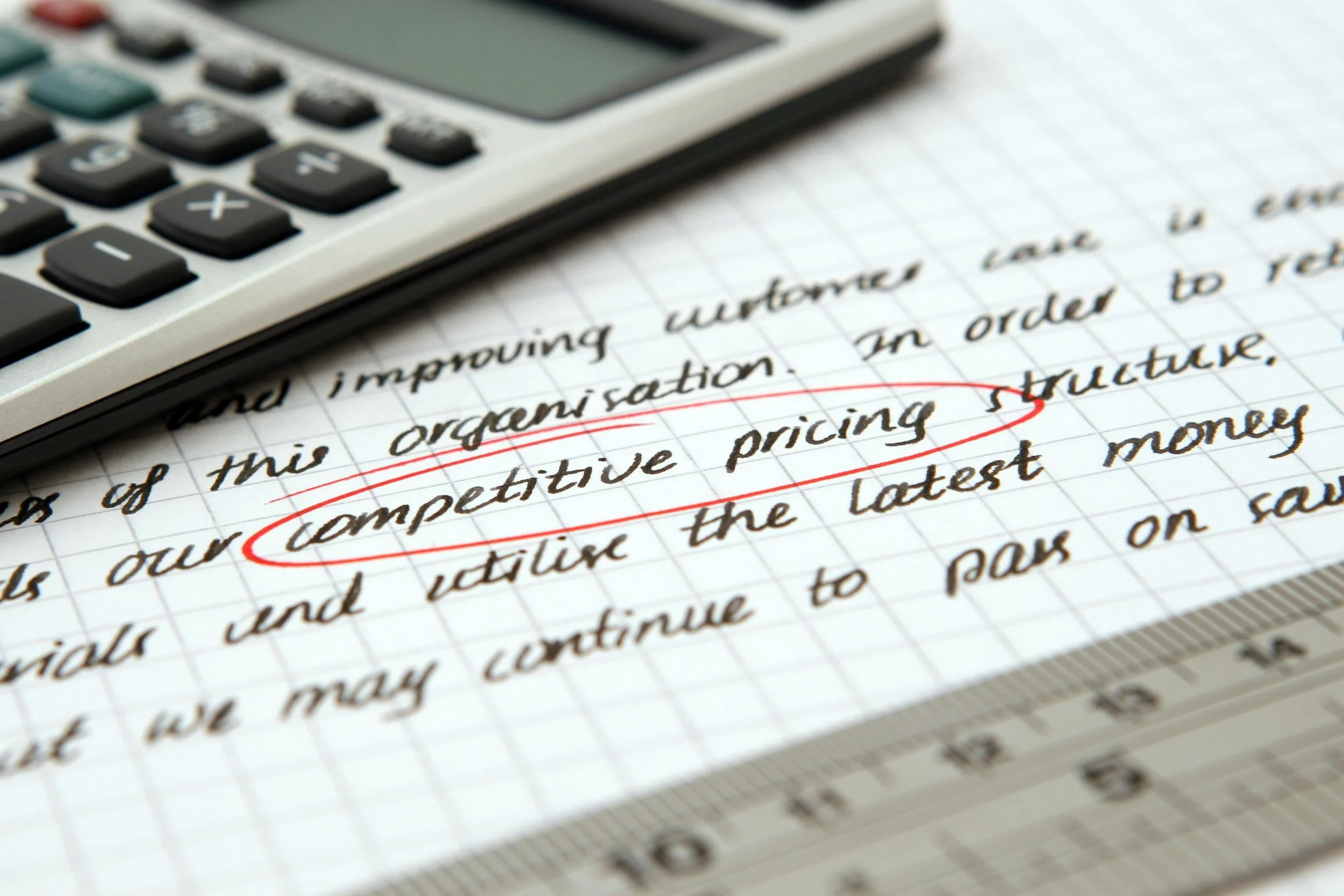Mastering the Art of Pricing: A Short Guide for E-commerce Entrepreneurs.
Pricing is a subject that strikes fear into the hearts of many entrepreneurs. How do I get the price for my business products and services just right? What is the pricing sweet spot for my business?
Your price must be sufficiently high to cover all your costs and provide a profit, strong enough to communicate your value and quality, and reasonable enough to avoid pricing your business out of your target market.
Striking the perfect balance between profitability and customer satisfaction requires a thoughtful approach to establishing your price. Here are key elements to consider as you develop your sustainable pricing strategy.
Elements of a Sustainable Price
1. Know your Costs:
The foundation of a good pricing strategy is a comprehensive understanding of input costs associated with your product or services. These costs extend beyond production costs and include overhead expenses, shipping, and marketing. And don’t forget to build in the cost of your payment processors. Knowing your costs, making sure that your cost calculations are complete and accurate, is the first step to ensure that your prices cover all expenses and allow for a sustainable margin of profit. Then pay particular attention to how discounts and sale prices affect your bottom line.
Developing a strong working relationship with your accountant is a practical way to be sure that your cost picture is complete and that you have help running pricing and discount scenarios.
2. Know your Market:
Thorough research into competitors and market trends is indispensable to your strategy. Exploring pricing of similar products and their inherent value is also foundational for positioning your product or service. It’s easy enough to gather market intelligence – Google your competitors, delve into all the online tools, join industry and market groups on social media... and keep your marketplace knowledge fresh. Save your research and circle back to it at least once every three months.
As your business grows bigger, connect with the market research and market placement experts. Market intelligence empowers entrepreneurs to strike a balance between competitive pricing and delivering significant value to customers. And don’t forget to ask your current customers what they think about your product.
3. Know your Value:
Clearly define and communicate the unique value your product and business bring to customers. Your unique value could be superior quality, innovative features, or exceptional customer service. Align your pricing strategy to your market’s perceived value of the offerings.
As you work on your market research, you will begin to see clues about what customers value. Work on perfecting your Value Proposition Statement: articulating your value proposition adds substance to your price and enhances the overall appeal of your product to potential customers.
Apple is often used as a great example of effective pricing and marketing, and as an example of product value. Apple’s value statements sell the experience that comes with using their products.
4. Know your Target Customer:
Identifying your preferred target customer and understanding the value that your target audience will pay for and how much they will pay is pivotal. Different customer segments harbor distinct expectations – the customer of a premium product will look for different value than the customer for an entry-level product.
Tailoring your pricing strategy to align with these preferences can significantly boost sales. Customizing pricing based on customer segments ensures a more nuanced and effective approach.
5. Know your profit margins:
While covering costs is crucial, maintaining a reasonable profit margin is equally crucial. Striking this balance ensures the long-term sustainability of your business. If your margins are too low, your business will face perpetual cash flow challenges.
New entrepreneurs often err on the side of pricing their services and products too low. If your market learns to expect low-level pricing from you, it can be difficult to move out of that expectation and into a higher market segment, underscoring the need for a strategic and comprehensive pricing approach. FYI … BDC recommends a gross margin of profit (before overhead) of 50 to 70%. Sounds high, right? However, once you add in Overhead costs, that margin can shrink very quickly.
Were you thinking that your accountant can help you understand your profit margins? Yes, we can!
6. Pulling it all together:
You know that the ideal price for your product rests on the value that your customer sees in your product. When you understand what your customer is expecting from you and your market, then mastering the art of pricing becomes an iterative process, demanding careful consideration of every input to your price as well as periodic review of your pricing.
Sustainable pricing requires a nuanced understanding of costs, market dynamics, value proposition, target customers, and profit margins. By approaching pricing with strategic foresight, your business can confidently navigate the complex e-commerce marketplace, ensuring your ventures' longevity and success.
Setting up and articulating a strong pricing strategy takes work. It is very satisfying and worth learning about pricing and worth doing the work to grow your pricing expertise!
Contact us today to master your pricing.



